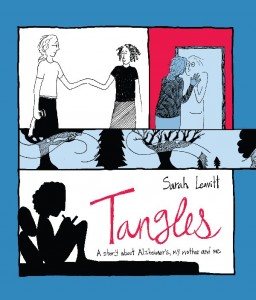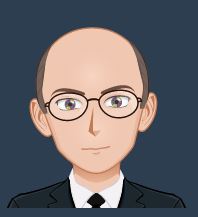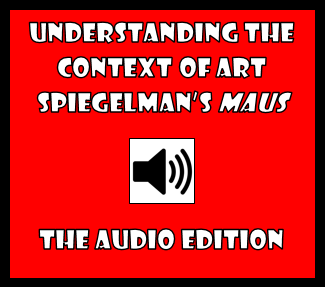|
by Glen Downey, Comics in Education, www.comicsineducation.com Reflections on two wonderful graphic novels as the CITE Conference approaches My afternoon workshop for the Conference of Independent Teachers of English is only a week away and I'm still finalizing the roster of graphic travelogues and graphic memoirs featuring travel that I plan to share with them. You'll know from my previous posts that I'll be talking about Guy Delisle's Pyongyang and that I'm also planning to discuss Florent Chavouet's Tokyo on Foot. Delisle, as I mentioned in my previous blog, teaches us about how graphic travel writing is at its best when the reader senses that the place is telling its story as much as the writer is, and when the narrative has a humanity about it that is rooted in a kind of fundamental honesty of experience. Precisely the same is true of Chavouet in his exquisite graphic trip-tik, where Tokyo comes alive in everything from the exciting to the merely interesting to the mundane. For some reason I got to wondering about whether I could find two graphic memoirs dealing with travel that on the surface seem completely different, but are actually quite similar, especially when it comes to the question of what they teach us. Of course, that still doesn't quite explain how I possibly got it in my head to pair Sarah Leavitt's Tangles and the Ricard Brothers' Beirut 1990. But here it goes... Travel might not seem of particular importance to Tangles until we begin to consider its significance in the broader context of the story. In Tangles, Leavitt tells of her mother's gradual deterioration over the course of eight years at the hands of Alzheimer's Disease, and of the trips Leavitt makes from her home in Vancouver to care for her mom in Fredericton. When she travels to the place of her childhood, however, Leavitt doesn't quite remember everything about it--like, for instance, the streets one takes to get to the river--but that's also when she learns her mother can't remember either. Whether it's these trips back home or meeting her parents on a vacation in Mexico, Leavitt's journeys become a metaphor for her efforts both to preserve the memories of her mother as she was before the disease took hold, while also chronicling what is happening to her. In both these literal and figurative journeys, we see that at their core they are about more than Leavitt's relationship with her mother or family relationships in general. At their core, these journeys are about a particular quality that I consistently find in those who write graphic memoirs: a tremendous capacity for selfless human compassion. It is precisely this spirit of compassion that is at the heart of Beirut 1990. Traveling there as aid workers at the height of its civil conflict, almost on a kind of whim, the Ricard Brothers see beyond the conflict taking place and are able to appreciate the beauty of the city and its people. Alternating between scenes of violent conflict and moments of quiet reflection shared by the brothers, Beirut 1990 has something profound to say about what journeys can mean. Like Leavitt, the Ricard brothers come to understand the sense of helplessness that is the product of wanting desperately to preserve what is so very important to preserve. Like Leavitt, their struggle to make sense of it all, even after returning home from the conflict, is a testament to their compassion. Can't wait to share these graphic novels at the conference and to talk about these issues with CIS educators.
0 Comments
Your comment will be posted after it is approved.
Leave a Reply. |
Glen DowneyDr. Glen Downey is an award-winning children's author, educator, and academic from Oakville, Ontario. He works as a children's writer for Rubicon Publishing, a reviewer for PW Comics World, an editor for the Sequart Organization, and serves as the Chair of English and Drama at The York School in Toronto. If you've found this site useful and would like to donate to Comics in Education, we'd really appreciate the support!
Archives
February 2019
|





 RSS Feed
RSS Feed
